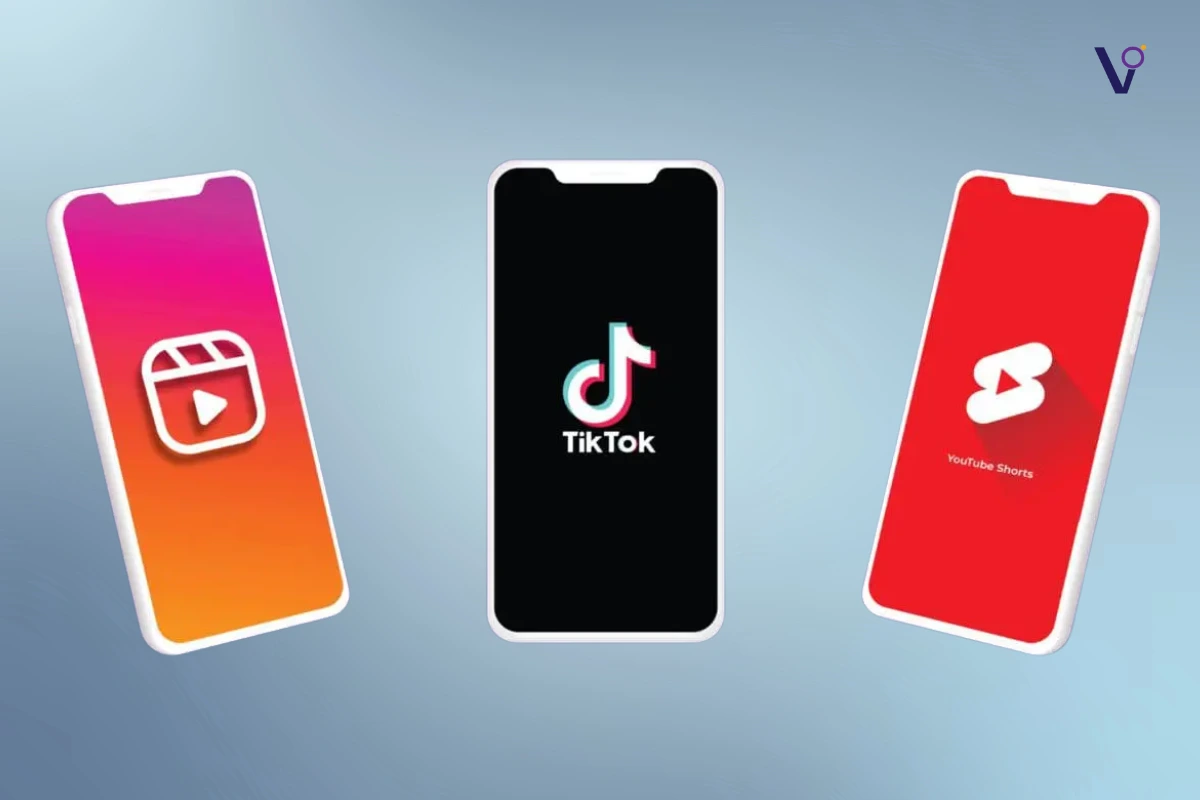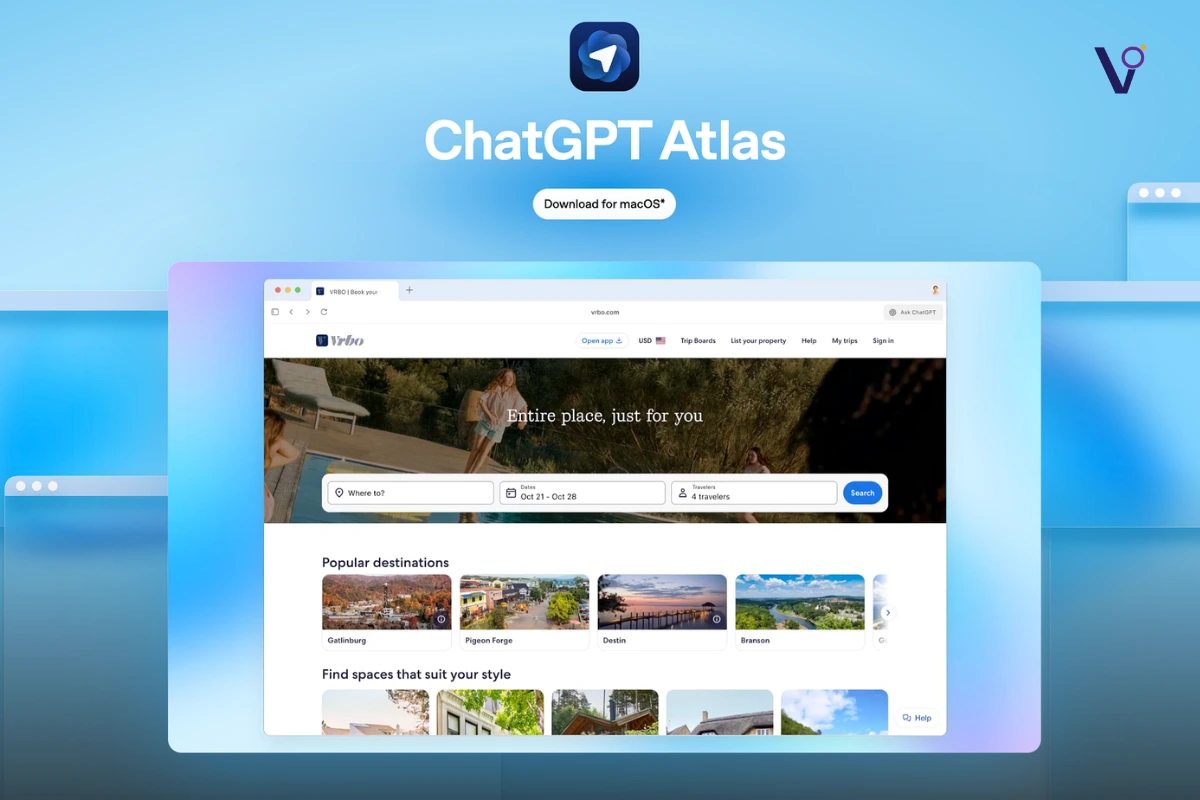While everyone is fixated on short form video such as TikTok, Shorts, and Reels, the most intelligent companies are making a quiet move in the opposite direction. They are bringing in more clients with less effort. Short form videos meanwhile have turned into marketing’s junk food. They feel good in the moment, giving you that quick dopamine hit of views and likes, but they leave you hungry for actual business results.
In this blog, we will tell you why the promise of short form video marketing is actually a dangerous illusion. We will share the hidden psychological reasons why these quick clips are really just a trap designed to keep you busy and what successful service businesses are doing instead that takes less time and consistently generates actual paying clients.
How We Got Trapped in the Short Form Content Cycle
To understand the trap of short form video, we need to look back about five years. When COVID hit and everyone got stuck at home, something crazy happened with how we consumed content. Everyone was scrolling on their phones all day, and suddenly TikTok exploded. It was a gold rush for short videos. Creators, businesses, even your upstairs neighbor jumped on these platforms trying to go viral. The early results were addictive. Regular people were gaining followers and growing faster than ever before. Brands were seeing millions of views without much effort. It felt like we had finally found quick and easy content that people actually wanted to watch.

Then every other social platform raced to copy what TikTok made popular. Marketing gurus started telling everyone to get on TikTok, make Reels, post Shorts. This is where all the attention is. They were not wrong about the attention part, but now that we are a few years out from that initial boom, we are finally seeing short videos for what they really are. All those views are not turning into actual business results for most service providers. Business coaches, web designers, and others with hundreds of thousands of views still cannot fill their calendars. There is a massive gap between being noticed and being employed.
If you want your marketing to work in 2025, you need to understand why this gap exists.
The Real Problem With Short Form Video
Let us be clear. Short form video is not completely useless. It is great for grabbing quick attention. It works on every social platform. And shorts are pretty easy to make; you can film them on your phone from anywhere. But here is where the problem starts. Marketing experts say you need to post at least once every day to get traction. The sweet spot is actually three to four times a day. Think about that for a second. Four shorts every day, forever. That is 28 shorts a week and about 120 a month. That is insane.
Even if you manage to keep up, there is no guarantee you will get a single client. The average brand posts about 10 social posts daily across all networks. That might work for big companies with social media teams, but for service providers who also serve clients, it is a recipe for burnout. If you keep going, you get stuck in the short form video hamster wheel, making content day after day, getting views and likes, feeling busy but not necessarily accomplishing real results.
There is a wide disparity between action and achievement.
Why All the Attention Does Not Turn Into Business
There are a couple reasons for this.
- The 7-Eleven rule says people need 7 hours of exposure in 11 sessions to build trust.
- A 30-second TikTok video would need 840 views to hit 7 hours. That’s nearly impossible.
- Algorithms show mixed content, not hundreds of videos from one creator.
- Tiny video snippets don’t build real trust or relationships.
- TikTok or Reels users are in “entertain me” mode rather than “solve my problem” mode.
- Shorts give quick dopamine hits but don’t convert into real business.
- Creators get trapped chasing trends, stats, and daily uploads.
- One wedding photographer made reels for months, gained followers, but lost bookings.
- Algorithms trick you into chasing virality. This strategy is flawed for service providers.
The Smarter Alternative Is Long Form Video
If short form video is a trap, what is the alternative? Smart service businesses use something simpler and less time-consuming: long form video. You might think long form takes more time. Here is the truth. One 10-minute talking head video per week takes way less energy than planning and creating 20 shorts.
More importantly, it brings in paying customers. When someone spends 10 minutes with you, they get to know your personality, approach, and expertise. Compare that to three 30-second clips. Which person is more likely to buy? It is not even close.
The power of long form video goes beyond length. Short form is about the scroll — mindless swiping. Long form, especially on YouTube, is about search — people actively looking for solutions. Which person would you rather have watching?
Most service providers miss this powerful YouTube strategy: it’s not about viral views, it’s about connection.
- Builds trust, reputation, and steady sales over time.
- YouTube’s algorithm promotes small creators too.
- It shows videos to people interested in your niche.
- Long-form content stays relevant for years.
How to Use Shorts the Right Way
Does this mean you should abandon shorts? Not at all. There is a smart way to include shorts without falling into the trap.
- Use shorts for on-camera practice if you are new or nervous. Creating 30- to 60-second videos helps you get comfortable talking to the camera with low pressure.
- After creating your main long form content, repurpose it into shorts. Use AI tools like Opus Clip to pull short clips from your longer videos. This gives you content for both formats without doubling your work.
The key is the purpose. Shorts should be supplementary content to drive people to your long form videos where real relationship building happens. Do not use shorts as your primary strategy to get paying clients.
Stop chasing viral videos and start building a real client-generating system that lasts.
Pick high-value moments, trim them into 30-second dopamine hits, and post without chasing trends. Focus on clips your audience actually cares about.
Yes, shorts grab attention but rarely build trust. Algorithms push variety, so Shorts won’t consistently drive traffic to long-form or service offers.
Enable monetization in YouTube Studio. But remember: Shorts pay pennies and don’t build lasting business relationships like long-form, trust-driven content.
Use CapCut, InShot, and YouTube Studio’s clip tool to trim engaging, fast-paced moments. Keep it snappy for “entertain me” audiences, but don’t neglect deep, trust-building content alongside.



